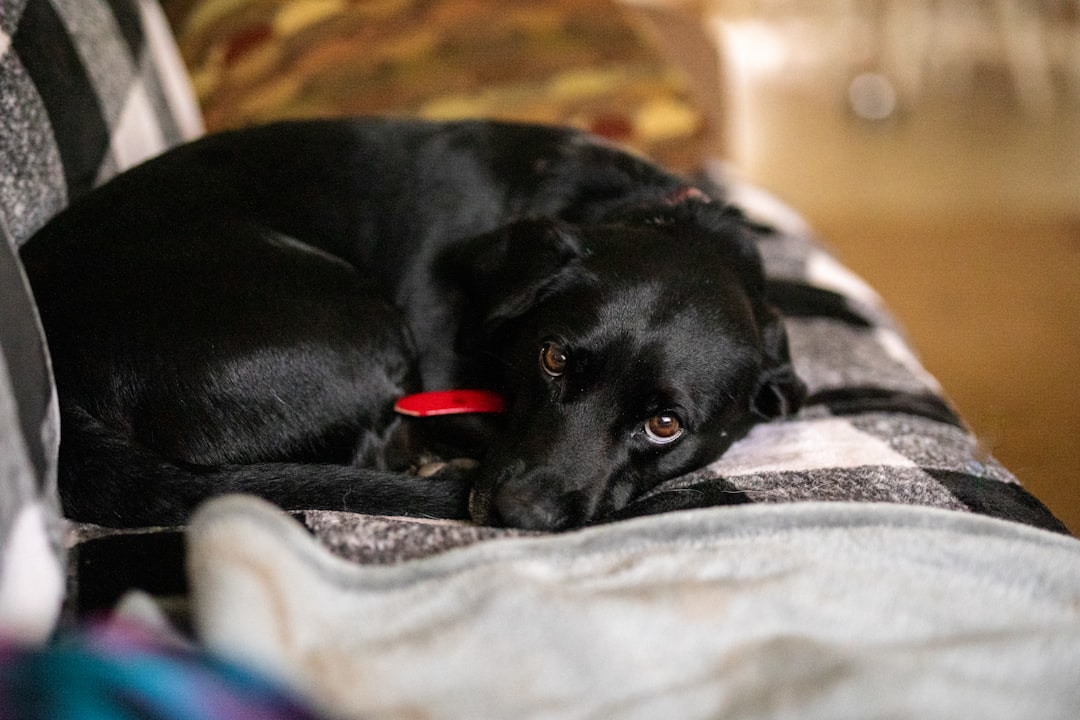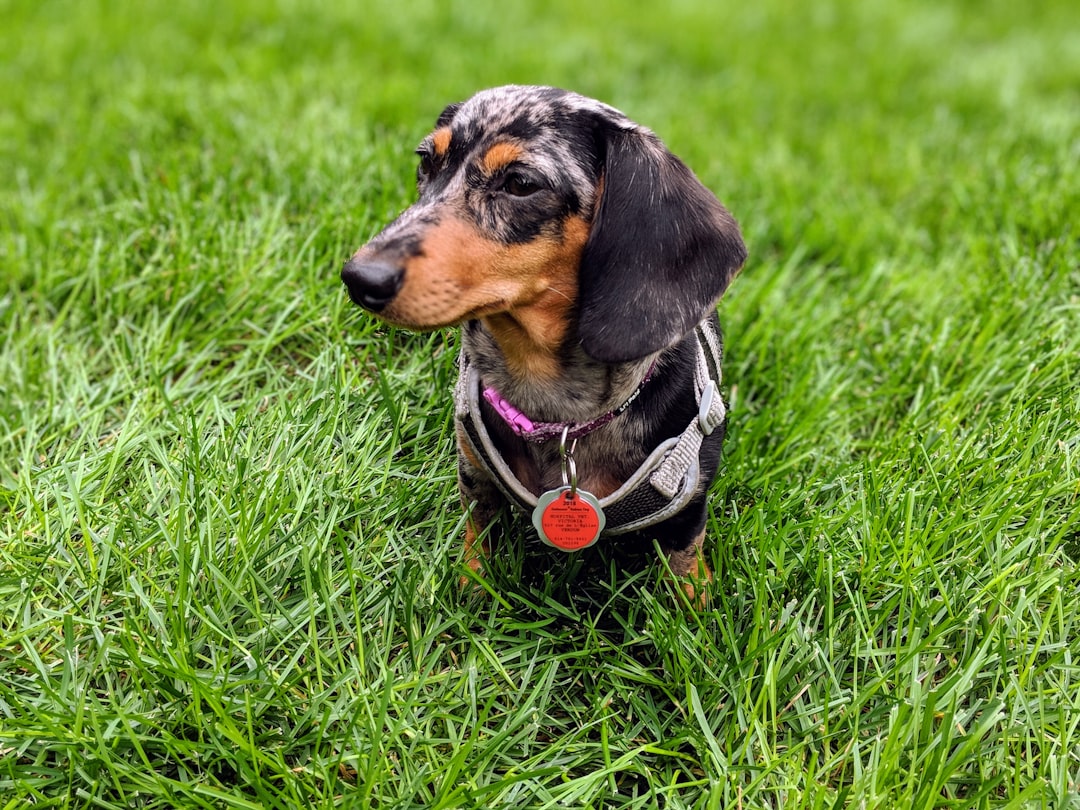If you’re on the hunt for a dog that looks like it just walked off the cover of a fashion magazine, let me introduce you to the Irish Red and White Setter. This breed doesn’t just flaunt its stunning looks; it also comes with a personality that’s as cheerful as a leprechaun at a pot of gold. Whether you fancy long walks in the park or epic couch potating sessions, these pups have the charm and quirky traits to keep you entertained. So, grab a comfy seat and let’s dive into the world of this gorgeous breed and its care needs!
Origin and History of the Irish Red and White Setter

Ah, the Irish Red and White Setter! The dog that looks like it’s been dipped in a pot of cream and red paint. Let’s take a whimsical trip down memory lane to discover the origins of this charming breed.
- The Beginnings: These beauties hail from Ireland, which sounds fancy, right? Their ancestry dates back to the 17th century, when they were the go-to hunting companions for the elite. Talk about having a fancy pedigree!
- The Mix-Up: At one point, the Irish Red and White Setter nearly became a historical footnote when the all-red version stole the limelight. But thankfully, dog lovers rallied and gave the red and white version a second chance to shine!
- Recognition: Fast forward to the 20th century—poof! The Irish Red and White Setter was officially recognized in 2004. So, if you thought they were new kids on the block, think again!
In summary, this breed embodies a rich history filled with charm, culture, and just a splash of drama. With their noble roots and playful spirit, it’s no wonder they still capture hearts today!
Physical Characteristics of the Breed

When it comes to looks, the Irish Red and White Setter does not skimp on the wow factor! Let’s break down the fabulous features of this striking breed in a way that even your dog might understand (if they could read, which is a whole different blog post).
- Height: These majestic beasts normally stand between 21 to 24 inches at the shoulder. They often think they’re bigger than they are—much like your uncle at family gatherings after a few beers.
- Weight: Expect a healthy weight of 45 to 70 pounds, which is basically the perfect excuse to eat that extra slice of pizza after a long walk!
- Coat: Their luxurious coat showcases a beautiful blend of deep red and crisp white—basically, a walking advertisement for the Irish flag.
- Eyes: The Irish Red and White Setter flaunts dark, soulful eyes that can give you puppy dog looks sharper than the edge of a pizza cutter.
- Ears: Floppy, feathered ears that make anyone want to give them a gentle tug (please, not too hard!).
So there you have it! The Irish Red and White Setter is not just easy on the eyes; they charm you with their personality too. With these features, it’s no wonder everyone wants to take them home! 🐶
Temperament and Personality Traits

Ah, the Irish Red and White Setter! A furry bundle of joy wrapped in energy and charm. Let’s dive into the delightful personality traits that make this breed a beloved companion:
- Affectionate: These pups love to shower you with snuggles. Prepare for slobbery kisses and tail wags that could power a small wind turbine!
- Intelligent: With smarts to match their good looks, Irish Red and White Setters are eager to learn. They’ll impress you with their ability to memorize tricks… and promptly ignore everything when there’s a squirrel nearby.
- Playful: Energetic doesn’t even begin to describe it! They thrive on playtime, so keep those toys handy or prepare for a game of “chase the human” in your living room.
- Sociable: This breed thrives on companionship. They’ll win over your friends and neighbors in mere minutes—beware, your home might become a popular hangout!
In a nutshell, the Irish Red and White Setter is the perfect blend of playful and affectionate, making them a fantastic addition to any family. Just be ready to keep up with their boundless enthusiasm!
Exercise and Activity Requirements
Let’s face it, the Irish Red and White Setter doesn’t just want to lounge around like a potato on a couch. No, this breed is a burst of energy packed in a fluffy, beautiful body! If you think you can just throw a ball once and call it a day, think again.
Daily Exercise Needs:
- Minimum of 1-2 hours of exercise daily. Yeah, you read that right!
- Fetch: They love chasing after things. Quite similar to your kids but with less whining.
- Long walks: Adventures that involve sniffing every blade of grass? Yes, please!
- Agility training: A fun way for them to show off and practice their parkour skills.
How Does It Compare?
| Activity Type | Irish Red and White Setter | Couch Potatoes |
|---|---|---|
| Energy Level | 🚀 Supercharged | 🥔 Sideways |
| Love for Fetch | 🎾 Always in the zone | 😴 Sleepin’ it away |
| Need for stimulation | 🧠 Genius in the making | 🤷 What’s that? |
In short, if your Irish Red and White Setter doesn’t have enough activity, they might just plan their own comedic escapes! So grab that leash and get moving! Your pup’s tail will thank you for it (and you might catch some smiles along the way)!
Grooming and Coat Care
Ah, the grooming of the illustrious Irish Red and White Setter. With their stunning hues and glamorous coats, these dogs are ready for the doggy red carpet – provided you keep them looking fabulous!
Essential Grooming Tips:
- Brushing: Give your setter a good brush 2–3 times a week. Don’t worry, you’re not trying to untangle a family-sized bag of spaghetti! Just keep that luscious fur looking sleek and smooth.
- Bath Time: Soapy moments should happen every few months. Remember, too many baths will wash away their lovely natural oils. We’re not trying to create a walking shampoo commercial!
- Nail Trimming: Trim those claws regularly. You don’t want your Irish Red and White Setter sounding like a tap dancing prodigy on your hardwood floors.
- Ear Cleaning: With those floppy ears, check for dirt or wax buildup. A little clean-up here and there keeps your pup from having a “wax museum” exhibit in their ears!
Keeping your Irish Red and White Setter groomed isn’t just about looks – it’s all about ensuring they feel as fabulous as they look!
Health Considerations for Irish Red and White Setters
The Irish Red and White Setter is not just a pretty face; they’re also fragile little furballs requiring special attention to their health. So, let’s dive into some of the most common health considerations for this stunning breed.
- Hip Dysplasia: Like a bad dance partner, hip dysplasia can cramp their style. Regular vet check-ups can keep those joints in tip-top shape!
- Ear Infections: With those floppy ears, the Irish Red and White Setter is prone to ear infections. Keep those ears clean—think of it as their very own spa day!
- Progressive Retinal Atrophy (PRA): This is one seriously sneaky condition that can steal your pup’s sight. Be vigilant and check their vision regularly!
- Bloat: Sounds like a party trick gone wrong, right? But bloat is a serious condition. Avoid vigorous exercise right after meals to keep your pup’s tummy happy!
- Regular Vet Visits: It’s vital. Your vet knows what’s best—consider them the wise sage in the world of your Irish Red and White Setter’s health!
Remember, a little prevention goes a long way in keeping your energetic companion hopping around happily! 🦴
Training Tips for New Owners
Congratulations on welcoming your brand new Irish Red and White Setter! You may now feel like a proud parent, but let’s face it—the first few months might feel like you’ve adopted a furry tornado. Here are some training tips to help you and your canine companion navigate this exciting journey together:
- Start with Basics: Teach commands like “sit,” “stay,” and “come.” These foundational skills form the bedrock of all future training—plus they might save you from an emergency game of chase!
- Socialize Early: Introduce your Irish Red and White Setter to different environments, people, and pets. This exposure will help them grow into a confident and well-behaved pooch.
- Consistency is Key: Use the same commands and hand signals. You’re training a dog, not attempting an interpretative dance routine!
- Positive Reinforcement: Celebrate their successes with treats, praise, and a little wiggle dance. Dogs respond better to tasty bribes over “stern talking to,” trust me.
- Keep it Fun: Mix in games and play during training; think of it as bonding time rather than rigorous boot camp!
With love, patience, and a sprinkle of humor, you and your Irish Red and White Setter will conquer obedience training like champs!
Nutritional Needs and Feeding Guidelines
Feeding your Irish Red and White Setter can feel like preparing a five-star meal for a notoriously picky food critic. But worry not! With the right ingredients, you’ll create a culinary masterpiece that keeps your dog’s tail wagging. Here’s how to ensure your furry friend eats like royalty:
Basic Nutritional Needs
- Protein: Look for high-quality meat sources. Think of it as the steak dinner of the dog world—yum!
- Carbohydrates: Grains and veggies can serve as their side dishes. Just avoid too many fillers; your Setter isn’t a fan of mystery meat!
- Fats: Healthy fats are essential for a shiny coat. Give them the culinary equivalent of a spa day!
Feeding Guidelines
- Age Matters:
- Puppies: 3-4 meals a day (they need all the energy for zoomies).
- Adults: 2 meals a day for a more refined dining experience.
- Portion Control: Watch out! Overfeeding can lead to extra fluff! Use the body condition score method to determine if your Setter looks like a sleek hunting dog or a potato in a fur coat.
Remember, the key to a happy Irish Red and White Setter is a balanced diet combined with love (and maybe a few tasty treats). Always consult your vet for personalized feeding advice—after all, nobody knows your pup better than the professional!
Frequently Asked Questions
What makes the Irish Red and White Setter so special?
Ah, the Irish Red and White Setter! Not just a pretty face! This breed is known for its stunning coat that resembles a sunset having a ‘hair day’. But it’s not just about the looks; they’re affectionate companions who could probably win an Olympic medal for tail wagging! Plus, they’re great with kids and other pets, making them the social butterflies of the canine world.
How much exercise does an Irish Red and White Setter need?
Get your sneakers ready! These energetic pups are like furry Energizer Bunnies; they just keep going and going! Ideally, they need 1-2 hours of exercise daily. Think fetch, runs, or playing hide and seek in the park. If you don’t take them out enough, prepare for a house tornado – they might express their unmet energetic needs by redecorating your couch!
Do Irish Red and White Setters shed a lot?
Ah, shedding – the doggy equivalent of confetti! Yes, Irish Red and White Setters do shed, especially during shedding season when they like to remind you that they’ve left a piece of their heart (and fur) everywhere. Regular brushing helps control this furry extravaganza. So, if you enjoy a good cuddle and a side of fur fashion, this breed might be right up your alley!
What should I feed an Irish Red and White Setter?
Feeding an Irish Red and White Setter is like preparing a gourmet meal for a puppy Michelin-star judge! Their diet should be high in protein to support their athletic lifestyle – think kibble fit for a canine athlete. Look for high-quality dog food, preferably with real meat at the top of the ingredient list. And remember to keep a close eye on portion sizes; these pups can eat like they’ve never seen food before!



